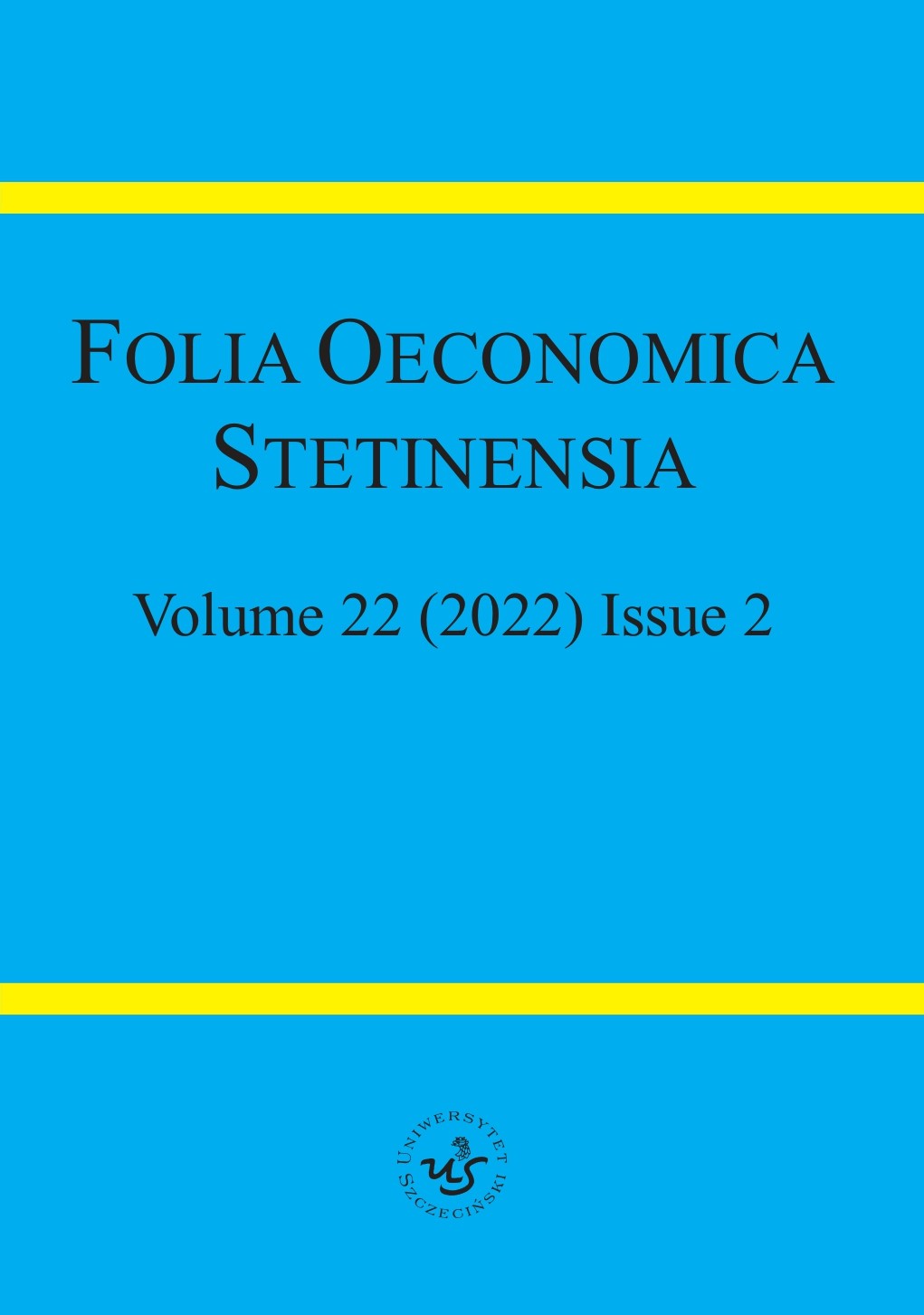Panel Estimation of the Environmental Kuznets Curve for CO2 Emissions and Ecological Footprint: Environmental Sustainability in Developing Countries
Panel Estimation of the Environmental Kuznets Curve for CO2 Emissions and Ecological Footprint: Environmental Sustainability in Developing Countries
Author(s): Sevilay KONYASubject(s): Economy, National Economy, Energy and Environmental Studies, Socio-Economic Research
Published by: Wydawnictwo Naukowe Uniwersytetu Szczecińskiego
Keywords: environment; sustainability; developing countries; panel estimation; CO2 emissions; ecological footprint; environmental Kuznets curve
Summary/Abstract: Research background: The relationship between the economy and the environment is one of the most frequently encountered issues recently. Today the issue of environmental sustainability is one of the problems faced by countries. Purpose: This study, it is aimed at investigating the relationship between economic and environmental variables. Research methodology: The existence of the environmental Kuznets curve theory, in other words, the inverted U-connection between per capita carbon dioxide emissions, per capita ecological footprint, and per capita GDP in the examples of 10 developing countries is examined. We analyzed annual balanced panel data covering the period 1992–2014 for an inverted U-link between carbon dioxide emissions and ecological footprint and per capita GDP. Westerlund’s cointegration test was applied as a cointegration test. The Common Correlated Effects Mean Group (CCEMG) and Augment Mean Group (AMG) estimator methods were applied for long-term parameter estimation. The Dumitrescu and Hurlin causality test was applied to determine the causal connections. Results: As a result of the study, a positive and significant effect of electricity consumption on carbon dioxide emission was determined in the long term in the model where the ecological footprint is the dependent variable. In the environmental Kuznets curve hypothesis, an inverted U-shaped relationship was determined. That is, the results confirming the existence of the environmental Kuznets curve have been determined. Finally, bidirectional causal links between carbon emissions and economic growth, between carbon dioxide emissions and the square of economic growth, and between carbon dioxide emissions and electricity consumption; It is observed between the ecological footprint and economic growth, between the ecological footprint and the square of economic growth, and between the ecological footprint and electricity consumption. It is expected that this article will make a significant contribution to the literature with the important results obtained by using both an ecological footprint and carbon dioxide emission as dependent variables. Novelty: In this study, unlike other studies, two models were created with both CO2 emissions and the ecological footprint data as environmental variables.
Journal: Folia Oeconomica Stetinensia
- Issue Year: 22/2022
- Issue No: 2
- Page Range: 123-145
- Page Count: 23
- Language: English

